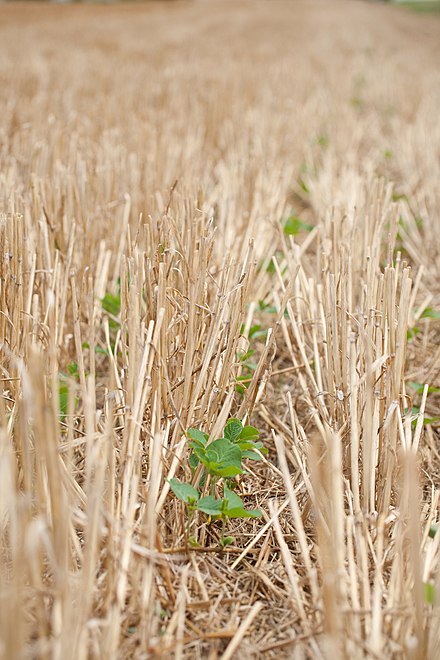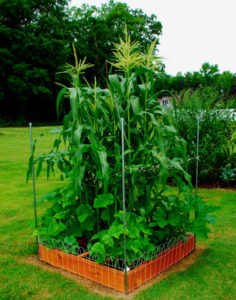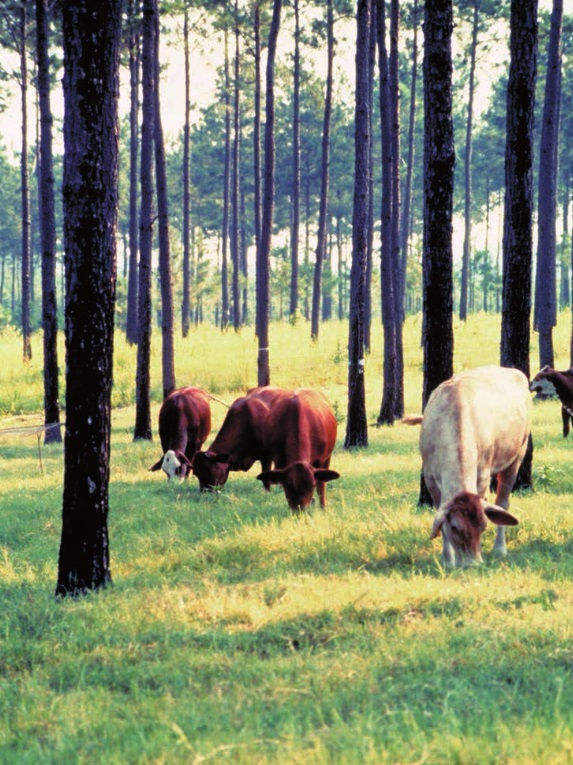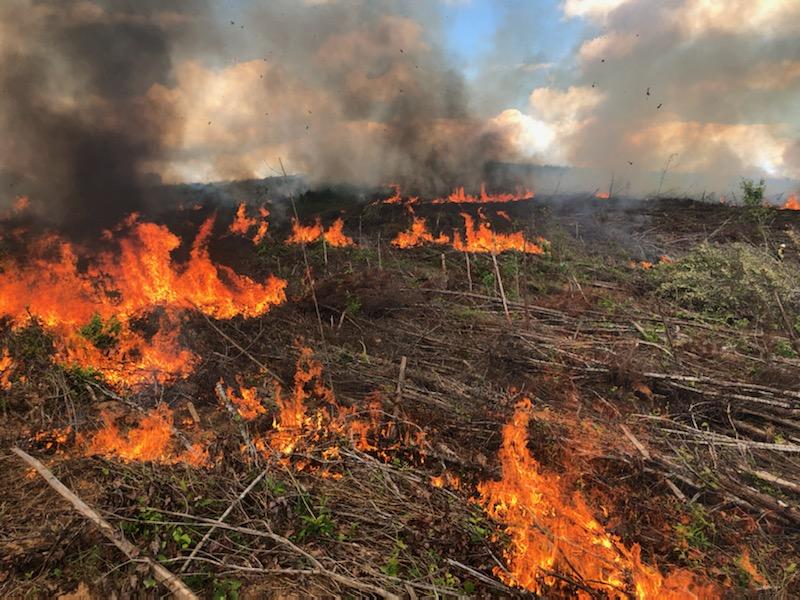Winter squash, corn, and beans are three common foods that have a history reaching back more than 6,000 years in North America. It was the Indigenous peoples of the Americas that first cultivated these three crops – known as the Three Sisters – and discovered that they could not only grow together in the same space, but would actually benefit one another. Beans climb up the corn and fix beneficial nitrogen into the soil. Squash spreads out below, covering the ground and stopping weeds from growing.
The Three Sisters is what is known as “polyculture,” which is the practice of planting different species of plants together using nature as a model. Polycultures are proven to increase biodiversity, enhance soil health, reduce damaging weeds, pests and diseases and promote clean water. Today, farmers enjoy the benefits of polyculture by using practices such as strip-cropping, silvopasture, and growing mixed species pastures, while gardeners enjoy these benefits by practicing companion planting.

Intercropping of soybeans and covercrop. Credit: Public Domain

A modern backyard take on the Three Sisters. Credit: Public Domain

Silvopasture system – or incorporating livestock into forested areas – of cattle grazing in the forest. Credit: Public Domain
Many of the practices used in regenerative agriculture have a long history of use in American agriculture that can be traced back to Indigenous peoples. In the humid Northeast Indigenous people like the Iroquois planted the Three Sisters on mounds of soil in forest clearings. The mounds allow for better water drainage and warm up faster in the spring to allow earlier planting. Today, gardeners use raised beds to enjoy these same benefits.
What is Regenerative Agriculture?

Image Credit: Public Domain
Regenerative agriculture uses many practices with a long history of use in organic and sustainable agriculture to restore soil, manage water, and draw down carbon emissions from the atmosphere with the goal of reversing the effects of climate change. By recycling on farm waste, adding organic matter, using less tillage, growing cover crops, and integrating livestock and trees into annual crop production, regenerative agriculture focuses on building and maintaining healthy soils. Soil health benefits the farm by increasing crop yields, reducing the need for fertilizers and pesticides, and promoting healthy water storage and filtration, while offering the additional benefit to the farm of slowing climate change. At Catawba Run, we are using practices that deliver these benefits including cover crops, silvopasture and other agroforestry methods.
In arid climates the Hokoham tribe of Arizona and the Pueblo built irrigation ditches and dams to store water for farming. Farmers and gardeners everywhere still use these practices today to capture, store and move the water needed to produce healthy crops during dry periods and drought. Across the Americas, Indigenous peoples developed many strategies for harvesting food from natural ecosystems using practices that are known today as agroforestry. For example, fire was used by tribes in the Southeast and beyond to clear land for crop production and to encourage the growth of favored wild foods prairie, savanna and forest ecosystems.
We are using these same methods at Catawba Run. Fire helps us clear land for planting short-leaf pine, a native tree species that is resistant to fire throughout most of its 200 year lifespan, grows in varied soils and in different climates, and is able to thrive in a mix of tree species or as the dominant species in a forest. Our plans to establish a silvopasture in the loblolly pines at Catawba Run draw practices used by the original people of the Piedmont region.
Whether it’s the use of fire in forest restoration at Catawba Run, or the planting of the Three Sisters right in your own backyard, we can thank Indigenous peoples for teaching us agricultural practices that can be used to heal and sustain both land and people.

Using fire at Catawba Run to make way for reforestation! Check out more about our recent forest plantings here.
Catawba Run is 275 acres of old growth, unmanaged regrowth, and sustainable pine plantation located in the Piedmont region of North Carolina, near Nebo, just west of Morganton. This land is the setting for Foragable Community’s next demonstration of our shared values: to use ecological management practices and resilience principles to restore the health and wellbeing of degraded landscape, and concurrently have a positive impact on the lives of people who participate in this vision of redemption and renewal.
The Catawba Indian Nation are the descendants of the original inhabitants of land that we call Catawba Run. The Catawba, or “the people of the river” pronounced yeh is-WAH h’reh in their native tongue, were farmers, renowned potters, and stewards of the land in most of the Piedmont of South Carolina, North Carolina, and Southern Virginia. Foragable Community acknowledges that Catawba Run is on this ancestral land.

